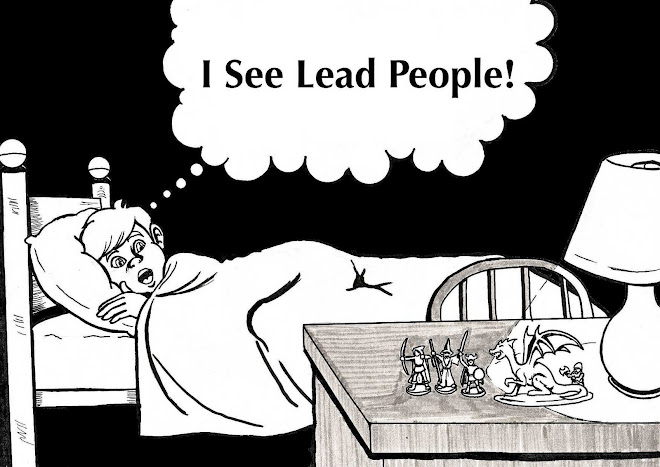When I'm running games I like to throw out all sorts of little odds and ends that set up the place my players are in. Sometimes it doesn't take a lot of effort and a few small little blurbs tossed out among the usual sights and smells can say a lot about the place people are in. These details don't have to be complete or fleshed out, or even explained by the GM and in keeping them brief you will also add a sense of mystery and heighten the discovery and experience of the players who are venturing into your world.
One of the best ways to do this is through subtle cultural details. In previous posts I have mentioned food as a great way to establish place and culture, but there are other ways. Subtle rituals, habits, even the way that people sit can tell a lot about your world and those that live in it. Perhaps the inhabitants of a particular city have a rule about who sits where at a table that is very conspicuous. The players will not know everything about the meaning behind this (unless they are from that culture) but it will stick that there is some rhyme or reason to the way people gather at tables.
Another example, from my own campaign, was having and innkeeper’s wife leave out a cup of mead and bowl of milk as the party was sitting up late in the common room. At the time, this was a curiosity and had them wondering what was up but little more. The next morning the cup and dish were clean and stacked neatly next to a basket woven from twigs. In the basket were the dead and collected bodies of insects, house mice, etc. The players now saw that there was something going on behind the scenes in this society. This was further evidenced throughout the campaign by other such lesser rituals.
Our own world is full of these little things that we take for granted but will become quite apparent when they are not around us. The way somebody folds their hands, hangs there drapes, positions their doors, any of these things can be used to characterize a society. Whatever you choose to do, it should be able to be conveyed in passing and with little or no divergence from your main story. You want to avoid encyclopedic description or over over-expository statements that destroy any sense of the unknown.
Continuing with my above example, my players learned that the realm they lived in still lived very much tied to its old traditions of faerie lore. They then went on to discover that not only were these traditions strong but rightfully so. The realm the people lived in was very much at the mercy and influence of the fey folk. As I ran the game, the player’s characters began to adopt the local customs and increased their level of sensitivity to these influences. One player even took to praying to a local goddess for fear of angering her while he was in her land. They never had but a single run-in with the faeries but the subtle use of passing imagery set a deeper, richer tone to the environment the players were interacting with.
In the next installment of Elf Bait we'll look at some more "little things" you can do to enhance the character of your game world and its inhabitants. It doesn't take much.



































































Crivens! The innkeeper has Nac Mac Feegles!
ReplyDeleteLove those books!
ReplyDeleteI agree and I have written a goodly number of ezine articles for dms in the past which detail how to spice up the campaign world. Remember NPCs have lives too. :D
ReplyDelete